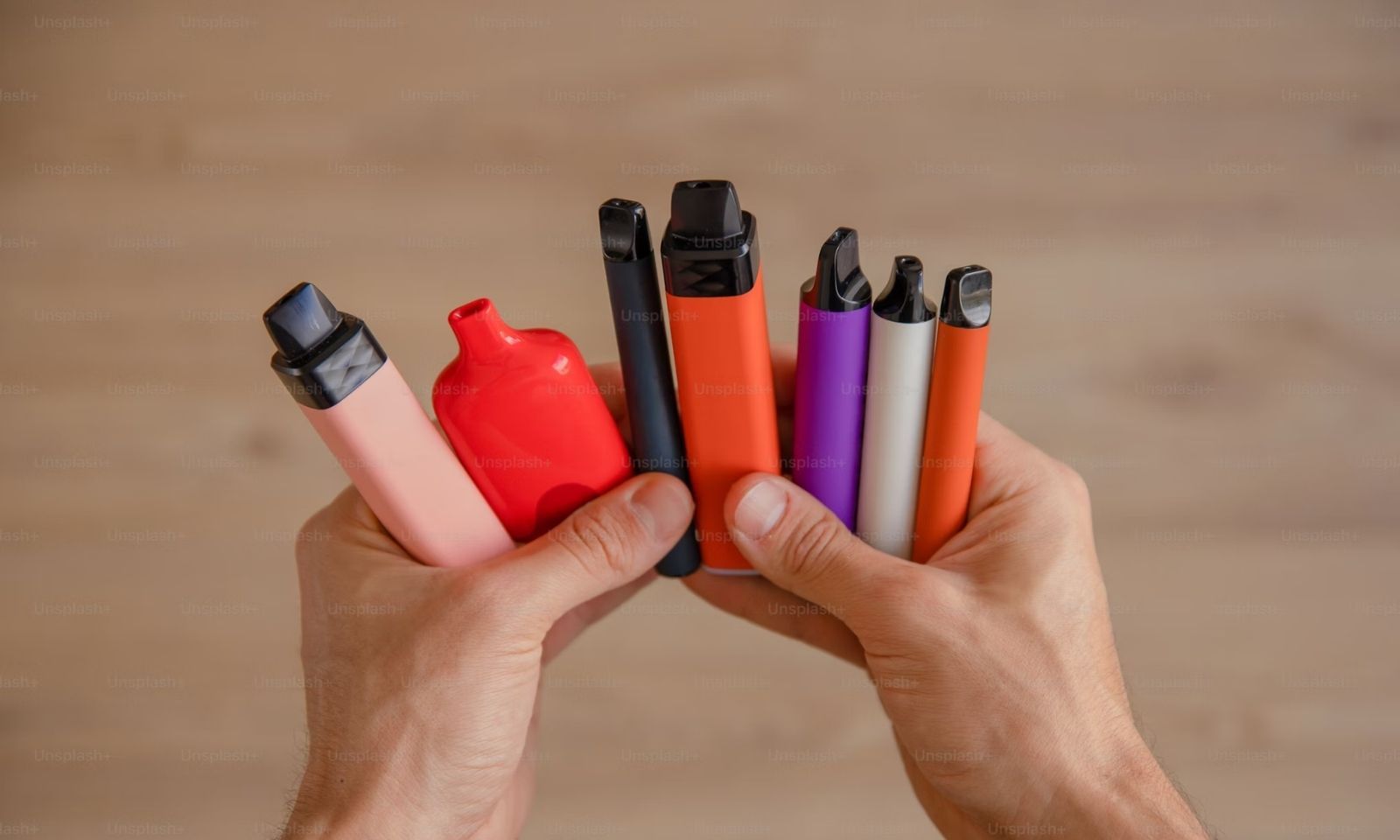

ARF are calling for more support for youth struggling with nicotine addiction.
Photo/Unsplash
Pacific youth grapple with high vaping rates amid nationwide fall
With young Pasifika "falling through the cracks", health advocates say there is an urgent need for community-focused vaping education and policy reform.



Four decades of Pacific service: Sāmoan senior lecturer recognised in New Year Honours

Forget the resolutions: Here's how you can live with intention in 2026

Pacific eyes on rising US strikes in Venezuela amid deaths at sea


Four decades of Pacific service: Sāmoan senior lecturer recognised in New Year Honours

Forget the resolutions: Here's how you can live with intention in 2026
Across the country, more high school students are vape-free, but Pacific youth continue to struggle disproportionately with quitting, particularly older teens.
The 2024 ARFNZ/SPANZ/NZAIMS Vaping in New Zealand Youth Survey by the Asthma and Respiratory Foundation (ARF) studied more than 11,300 Year 7 to 13 students.
The survey found that overall vaping rates among children in Years 9 to 13 have significantly dropped from 26.6 per cent in 2021 to 12.2 per cent in 2023.
Twenty-six per cent of Year 13 students also reported vaping in the last seven days, a figure that had doubled from 12.6 per cent two years earlier.
Speaking to William Terite on Pacific Mornings, Asthma and Respiratory Foundation Chief Executive, Letitia Harding, said older students, especially Pacific youth, "are falling through the cracks".
"[Compared to] New Zealand Europeans, Māori are twice as likely to have vaped in the last seven days," she said.
"But it's still very high for Sāmoans at 16 per cent - that was the second largest group.“
Harding said targeted education campaigns were needed for these groups.

Despite NZ restricting nicotine vapes to 18 years and over, 24.6 per cent of underage students still obtained them directly from retailers, including vape stores, dairies, and service stations. Photo /Unsplash.
‘Support our older students to quit vaping’
Many students reported vaping high to very high nicotine concentrations, with 47 per cent feeling addicted and 48 per cent acknowledging adverse health effects.
In November 2020, New Zealand implemented R18 restrictions on selling nicotine-containing vaping products as part of the Smokefree Environments and Regulated Products Act.
Despite this, 24.6 per cent of underage students still could buy them directly from retailers, including vape stores, dairies, and service stations.
“These younger students were able to buy very high nicotine-containing vapes, up to almost 55 milligrammes.
"Those are the ones that appear to have become addicted to the nicotine in these vapes, and so that's a concern.
"We need to keep up our efforts around education for our younger group, but also support our older students to quit vaping."

Sāmoan youth vaping at 16.1 per cent. Photo /Asthma and Respiratory Foundation.
Smoking down, vaping up
The concerning rates among Pacific youth vaping also coincided with health disparities highlighted in the Ministry of Health's Annual Health Survey.
The survey's analysis of smoking and vaping trends found that Pacific adults' daily vaping prevalence increased to 21.5 per cent in 2023/24, up from 18.7 per cent in 2022/23 and 16 per cent in 2021/22.
However, Pacific adults had reduced their daily smoking from 22.6 per cent in 2011/12 to 12.3 per cent in 2023/24.
Despite this the Public Health Communication Centre (PHCC), who did a "deep dive" into the Annual Health Survey, told RNZ that it is unlikely New Zealand will reach its 2025 smoke-free goal of reducing daily smoking prevalence below 5 per cent.
"Unless there are dramatic falls in smoking prevalence among Māori, Pacific peoples, and people living in the most deprived areas," they said.
Dr Aumea Herman, Chief Clinical Advisor of Pacific Health at the Ministry of Health, also held a bittersweet perspective on the contrasting Pacific smoking rates.
"Good things are happening, for example, our tobacco smoking rates are coming down.
"On the other hand, our vaping rates are going up amongst our young children, and that's a major concern for us.”
Watch Dr Aumea Herman's full interview via 531pi's FB:
ARF recommendations
The Asthma and Respiratory Foundation's survey underscored the need for targeted interventions.
Recommendations included funded support programmes aimed at helping students quit vaping, especially older teens, and continued vaping education starting from Year 7.
The Foundation also advocated for stricter regulations, such as limiting nicotine content in vaping products to a maximum of 20mg (2%), raising the legal purchasing age to 21, and capping the number of retailers, particularly near schools.
"We need to go further and actually stop any more of these specialist vape retailers from setting up in New Zealand,” Harding said.
“We don't need these products available in general retailer stores.
“We need tighter restrictions around these products so we can prevent our rangatahi from becoming addicted to these products, and that's the most important thing.”